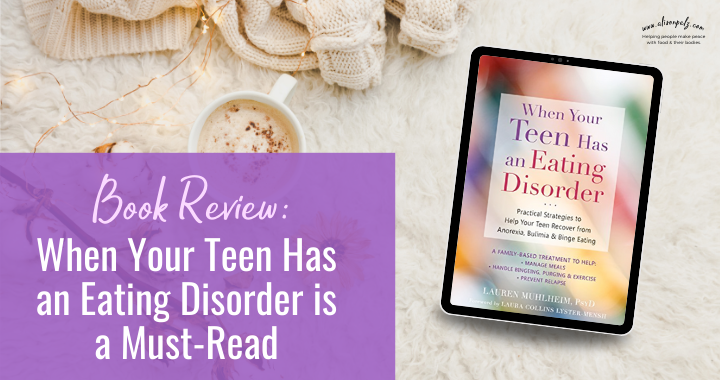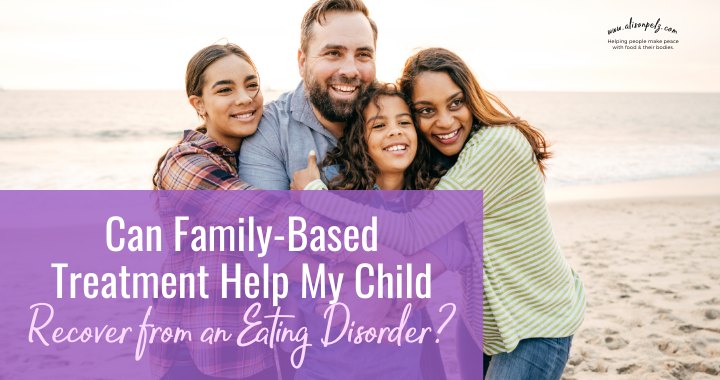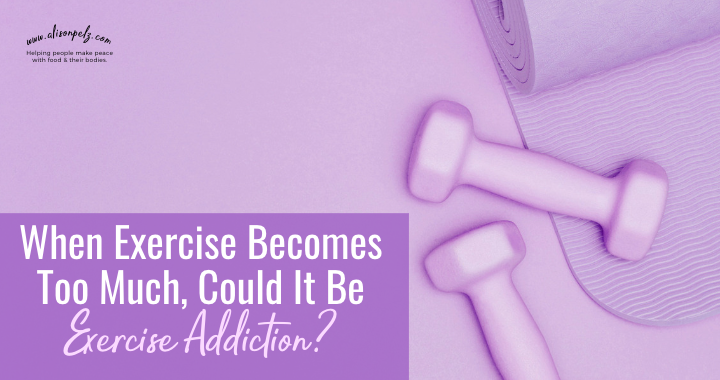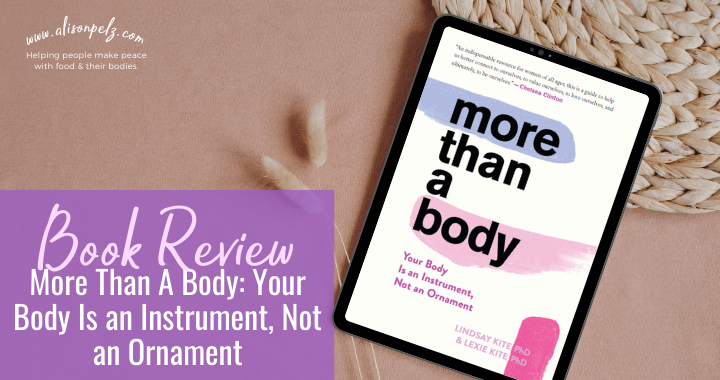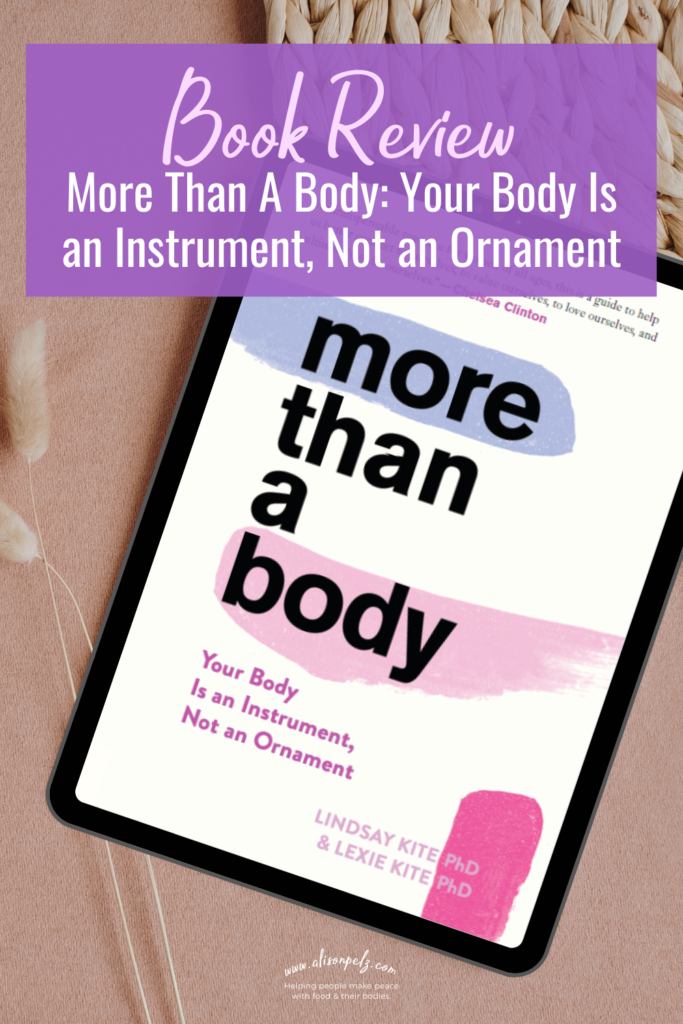The book When Your Teen Has an Eating Disorder: Practical Strategies to Help Your Teen Recover from Anorexia, Bulimia, and Binge Eating, author Dr. Lauren Muhlheim discusses eating disorders and their treatment in great depth.
If you think your child or teen has an eating disorder, this is a must-read.
Eating disorders can perplex many parents and clinicians alike. Your teen may not be acting like their usual self. It’s hard to know if this is just normal teenage angst or something more serious. If your teen has an eating disorder, they may have changed greatly right before your eyes. Including food refusal, increased anxiety around eating, or changes in mood and energy.
You may have talked with them about the importance of eating and tried to reassure them that they are not gaining weight. (In fact, they are likely losing weight.) But your child’s struggles seem to be getting worse, not better.
If your teen has not seen a doctor yet about their eating disorder, this is the first step to make sure they are medically stable.
This book can help guide you and your family in treatment while establishing an eating disorder treatment team consisting, at minimum, of a doctor and therapist.
About the Book
When Your Teen Has an Eating Disorder discusses the complicated concepts surrounding eating disorders in teens in a non-clinical manner. The book provides an overview of various treatment options. It goes into depth about a unique and well-studied treatment called Family-Based Treatment (FBT).
The author of the book, Dr. Lauren Mulheim, owns a counseling and training center in southern California. She uses Family-Based Treatment in her clinic and has been instrumental in training many of the eating disorder therapists in the Los Angeles area and beyond. And she is currently serving on the advisory panel of FEAST (an organization for parents). She is a regular speaker at national eating disorder conferences.
If you are a parent worried about your child and unsure how to help them overcome their eating disorder, this book is a must-read. As an eating disorder therapist myself, I recommend this book to all of the families that I work with. It is a great resource and provides a glimmer of hope to you on your journey.
What is discussed in When Your Teen Has an Eating Disorder?
When Your Teen Has an Eating Disorder outlines the complexities of eating disorders and the impact that they can have on your teen (and your family’s) life.
Learn the warning signs:
- Changes in eating and/or exercise habits
- Frequent trips to the bathroom
- Changes in body weight
- Loss of menstrual cycle
- Complaining of feeling cold all of the time
- Lack of growth
- Obsessive thoughts about food, body image
- Changes in overall mood
- Poorer concentration
Muhlheim highlights the importance of early detection and intervention with trained clinicians, so that the eating disorder can be addressed before it escalates or becomes chronic.
She provides the reader with an excellent explanation of how malnourishment impacts your teen’s ability to understand how the eating disorder is impacting their mind and body. Parents often feel perplexed when their bright, loving child begins to act irrationally around food. You will also learn how to separate your child from their illness, one of the basic assumptions of family-based treatment.
The majority of the book really gets to the heart of the matter: What parents really want to know when their child has an eating disorder. You might be asking yourself questions like “What do we do?”. Or, “How do we improve our child or teen’s health and get them feeling better again?”
This book can help you answer those questions. In it, Mulheim:
- Outlines the path to help your child or teen heal from their eating disorder using family-based treatment (FBT).
- Discusses the three stages of recovery-nutrition rehabilitation, eating independence, and relapse prevention in depth.
- Provides parents rationale behind each step so parents can feel empowered to help their child.
Discover Practical and Helpful Tools to Help Your Teen in Eating Disorder Recovery
This book is a practical guide that provides effective, concrete strategies for eating disorder treatment, and examples of how to use them.
Family-based treatment helps parents become empowered agents of change amid their child’s eating disorder. The book provides general guidelines about what to feed your child and how to structure meal times. Additionally, highlights how to effectively interact with your child at each stage of treatment. Including how to be empathetic with them when they are struggling.
In addition to concrete strategies and practical steps, it also covers the challenges that parents might face during treatment. The book details what to do when your child refuses to eat. It also explains how the parents can get support throughout the difficult journey of helping their child get better. You know about The hard aspects of treatment athat they are prepared.
Muhlheim provides all of this information while also sharing real-life examples throughout the book. The stories within this book help parents feel less alone about what is going on with their child. It also provides them with a realistic picture of what they are facing. These examples make parents feel more confident about applying the practical tools needed for recovery.
It is normal for parents to worry about how treatment will affect their relationship with their teen. When Your Teen Has an Eating Disorder emphasizes the importance of your relationship with your teen in the treatment of their eating disorder. A family culture of unconditional acceptance, respect, trust, and empathy supports your child in their recovery. Furthermore, it provides strategies of how to talk to your teen about food and body image during the recovery process.
When Your Teen Has an Eating Disorder is a Great Resource For Parents
Whether your teen is struggling with anorexia, bulimia, or binge eating disorder, this book is helpful for parents. This book will help you if your child is newly diagnosed with an eating disorder, in early stages of treatment, or if your teen has been through several rounds of treatment already.
This book will empower you to support your child’s recovery. If you are seeking treatment for your child, it will give you enough information to decide whether or not Family-Based Treatment is right for your family. If you decide that FBT is the best treatment option, this book walks you through how to create a treatment team that will be the best fit for your child and family.
As a therapist and parent, I appreciate how this book (and FBT in general), takes a very non-blaming stance on eating disorders. Parents aren’t faulted for the disorder and the child isn’t isolated from their family. This book recognizes the family-based treatment approach and belief that parents are the experts on their child. It emphasizes how treatment for eating disorders needs to include the family for best results and also the importance of meal support and nutritional rehabilitation for recovery. I highly recommend reading this book!
